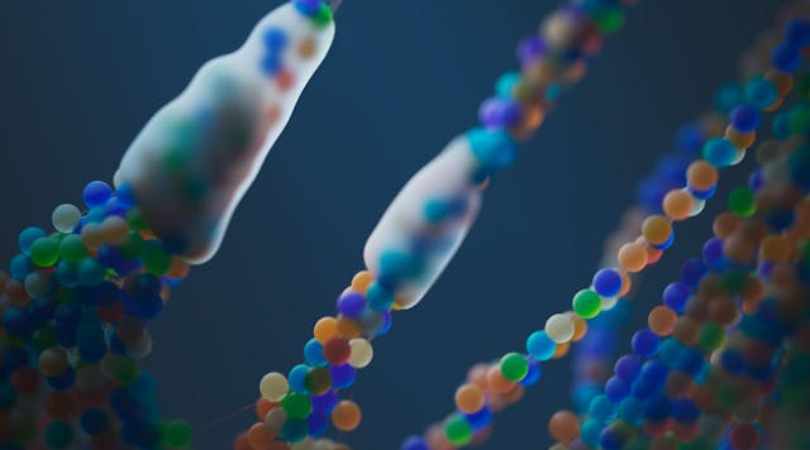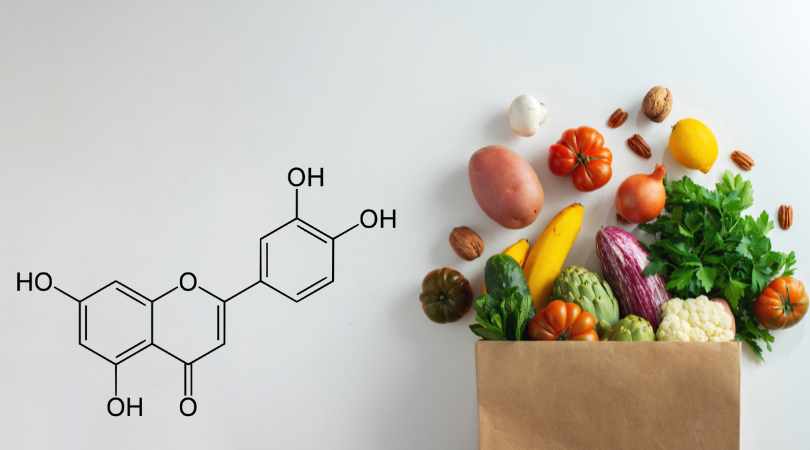Scientists have successfully restored the lost uricase enzyme, a key breakthrough in combating fructose-induced fat formation. This discovery offers new hope for preventing obesity and metabolic disorders by targeting how the body processes sugar and stores fat.
Limited Quantities Available! Order Today and Enjoy Free Shipping on Orders Over $100!
The Survival Effects of Fructose: From Aid to Ailment

In the modern world, fructose is a daily part of our diets, but it wasn’t always this way. In nature, fructose has historically been a miraculous aid to survival for humans and animals alike. However, when persistent exposure to fructose occurs, it can lead to potentially serious illnesses. This article delves into how every way fructose affects our bodies originally began as an effort to aid in survival.
Hunger
Fructose reduces cellular energy (ATP), mimicking starvation and causing leptin resistance. This resistance prevents us from recognizing when we are full, encouraging hunger as the body seeks sustenance.
Over time: This perpetual state of hunger can lead to overeating, potentially resulting in obesity. Obesity, in turn, increases the risk of insulin resistance, type 2 diabetes, cardiovascular diseases, cancer, and various other health issues.
Craving & Foraging Behavior
Fructose promotes a search for food in unfamiliar areas by synthesizing fructose in specific brain regions. This induces a particular behavioral pattern characterized by risk-taking, impulsiveness, rapid decision-making, and even aggression.
Over time: The areas where fructose is synthesized in the brain overlap with those targeted by Alzheimer’s Disease, suggesting a potential link between fructose exposure and brain dysfunction. This can manifest as brain fog, anxiety, depression, bipolar disorder, dementia, Alzheimer’s Disease, hormonal imbalances, and increased cancer risk.
Increased Food Intake
Driven by hunger and craving, increased food intake is achieved through foraging behavior.
Over time: This constant overconsumption of food can lead to obesity, which is a risk factor for various health problems, including insulin resistance, type 2 diabetes, heart disease, cancer, and more.
Reduced Metabolism When at Rest
Fructose allows the body to conserve energy when it’s not actively foraging, likely due to suppressive effects on mitochondrial function.
Over time: Reduced resting metabolism may contribute to weight gain and make it more challenging to maintain a healthy weight.
Fat Accumulation
A combination of increased fat production and decreased fat burning occurs due to oxidative stress on the mitochondria, particularly in the liver. This accumulation provides a source of stored energy and metabolic water.
Over time: Excessive fat accumulation can lead to non-alcoholic fatty liver disease (NAFLD), which can progress to more severe liver conditions. It also contributes to obesity, insulin resistance, cardiovascular diseases, and certain cancers.
Glycogen Accumulation
Produced alongside fat in the liver, glycogen serves as another source of stored energy and metabolic water. Unlike fat, glycogen contains water, which it extracts from the blood.
Over time: Excessive glycogen accumulation, along with fat, can lead to metabolic imbalances and may contribute to issues like insulin resistance, kidney damage, and heart disease.
Thirst
Thirst is likely stimulated by increased glycogen production, which simulates dehydration by removing water from the blood.
Over time: Frequent thirst and potential dehydration can strain the kidneys and may contribute to kidney problems over the long term.
Insulin Resistance
Fructose-induced insulin resistance ensures more glucose is available to fuel the brain’s rapid decision-making during foraging. This is linked to oxidative stress on the mitochondria.
Over time: Insulin resistance is a precursor to type 2 diabetes and can lead to various complications, including cardiovascular issues, kidney disease, nerve damage, hormonal imbalances, and increased cancer risk.
Increased Blood Pressure
Maintaining circulation becomes vital in case of dehydration or low salt availability, partly driven by the effects of uric acid.
Over time: Persistent high blood pressure can damage blood vessels and increase the risk of heart disease, stroke, kidney damage, and hormonal imbalances.
Salt Retention
Fructose’s impact on the kidney leads to salt retention, supporting circulation during times of scarcity.
Over time: Excessive salt retention may contribute to hypertension (high blood pressure) and its associated health risks, as well as kidney damage.
Low-Grade Inflammation
Low-grade inflammation acts as a defense mechanism against infections like malaria, likely driven in part by the effects of uric acid.
Over time: Chronic low-grade inflammation is associated with various chronic diseases, including heart disease, diabetes, autoimmune conditions, hormonal imbalances, and cancer.
Reduced Oxygen Needs
Fructose metabolism helps animals survive in low-oxygen environments by depressing mitochondrial function and shifting energy production to glycolysis, a more primitive system that does not require as much oxygen as mitochondrial metabolism.
Over time: While this may be beneficial in certain situations, long-term reliance on glycolysis could have metabolic consequences, potentially contributing to health issues related to mitochondrial dysfunction and increased cancer risk.
Conclusion
Fructose’s effects on the body seem carefully designed to aid survival. These help organisms endure periods of scarcity and challenging conditions. However, in the modern environment where fructose is abundant, these mechanisms can lead to serious health problems, such as obesity, insulin resistance, brain dysfunction, hormonal imbalances, kidney damage, heart disease, and increased cancer risk. Understanding these dual roles of fructose is crucial for managing its impact on our health and well-being.
Disclaimer: The information in this blog reflects personal opinions, experiences, and emerging research. It is not intended as medical or professional advice and should not replace consultation with qualified professionals. The accuracy of this content is not guaranteed. Always seek guidance from a licensed expert before making any health-related decisions.


Chris | 🔬 Founder of LIV3 Health
⚡ A keen researcher dedicated to uncovering the root causes of metabolic dysfunction, the key driver of chronic conditions behind 70% of global deaths. His findings led to science-backed, natural solutions designed to inhibit fructose metabolism.
📢 Follow me on Reddit for insights on metabolic health and the future of wellness! -






